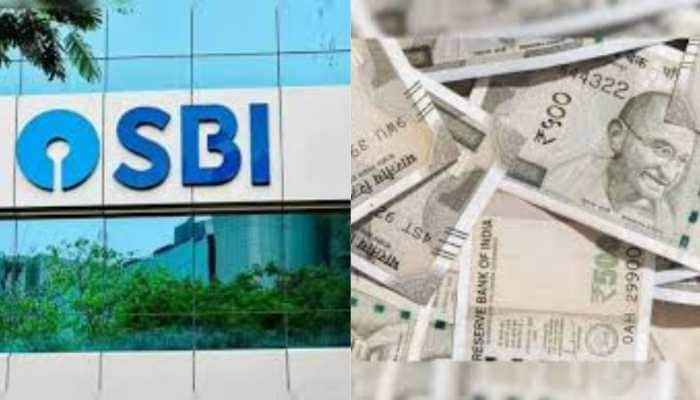Attention! Update KYC before January 1 otherwise banks may freeze your account
Failure to comply with the order may allow the banks to freeze those accounts for which KYC details have not been updated.
Trending Photos
)
NEW DELHI: In view of a Reserve Bank of India (RBI) guideline, it is mandatory for all bank account holders to submit their KYC details on or before January 1, 2020 failing which the banks may freeze their accounts.
All major banks, including SBI, IDBI, ICCI etc, have been regularly sending SMS messages and email reminders asking their customers to update their KYC details on or before.
Failure to comply with the order may allow the banks to freeze those accounts for which KYC details have not been updated.
If this happens, the bank account holder will not be able to operate his account, withdraw or transfer money.
For updating the KYC details, the customers may be required to visit the nearest branch of the bank in which they have an account and submit all relevant documents for KYC updation.
In some cases, an account holder might update his KYC details just by clicking on “No Changes in my KYC details” in the update KYC section of bank's portal.
The KYC stands for “Know Your Customer”. To ensure that bank’s services are not misused by the customer, and to follow the Anti-Money Laundering (AML) Standards and Combating of Financial terrorism guidelines laid down by RBI, banks follow a process to obtain information about the identity and address of the customers.
Banks follow this process while the opening of accounts and periodically update the same. For KYC in Individual bank accounts, banks ask for a specified proof of address and Identity, with the latest photograph of the customer. For current accounts, requirements vary.
As per RBI guidelines, banks are required to periodically update the KYC records. This is a part of banks due to diligence framework.
KYC is required to be done at least every 2 years for high-risk customers, every 8 years for medium risk customers and every 10 years for low-risk customers.
Stay informed on all the latest news, real-time breaking news updates, and follow all the important headlines in india news and world News on Zee News.
Live Tv







)
)
)
)
)
)
)
)
)
)
